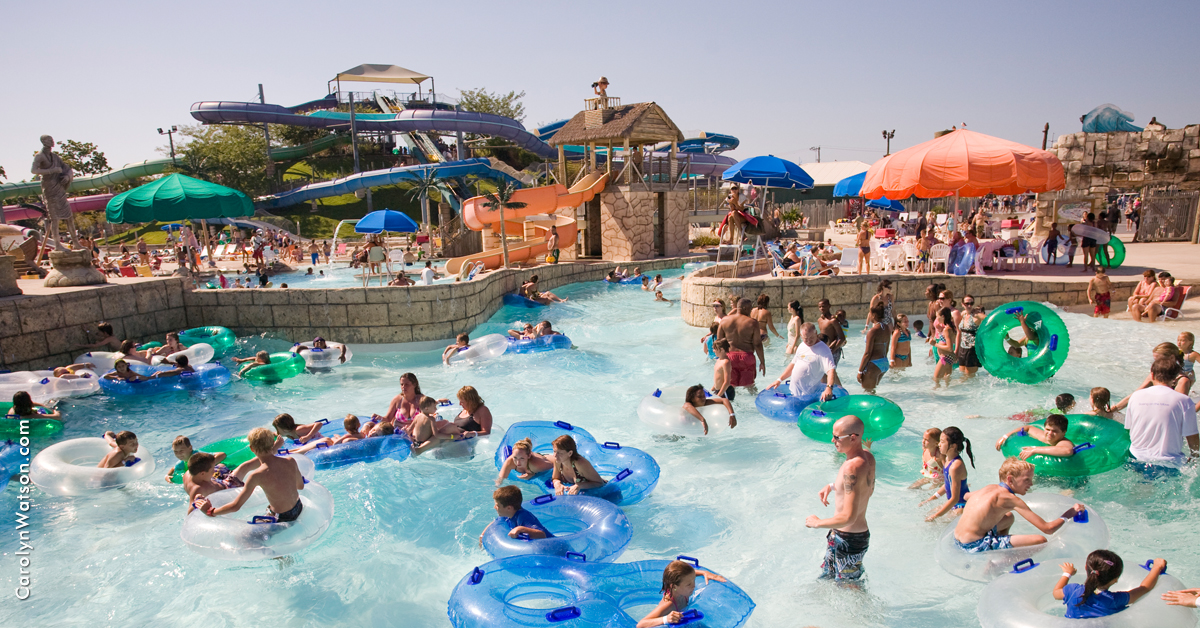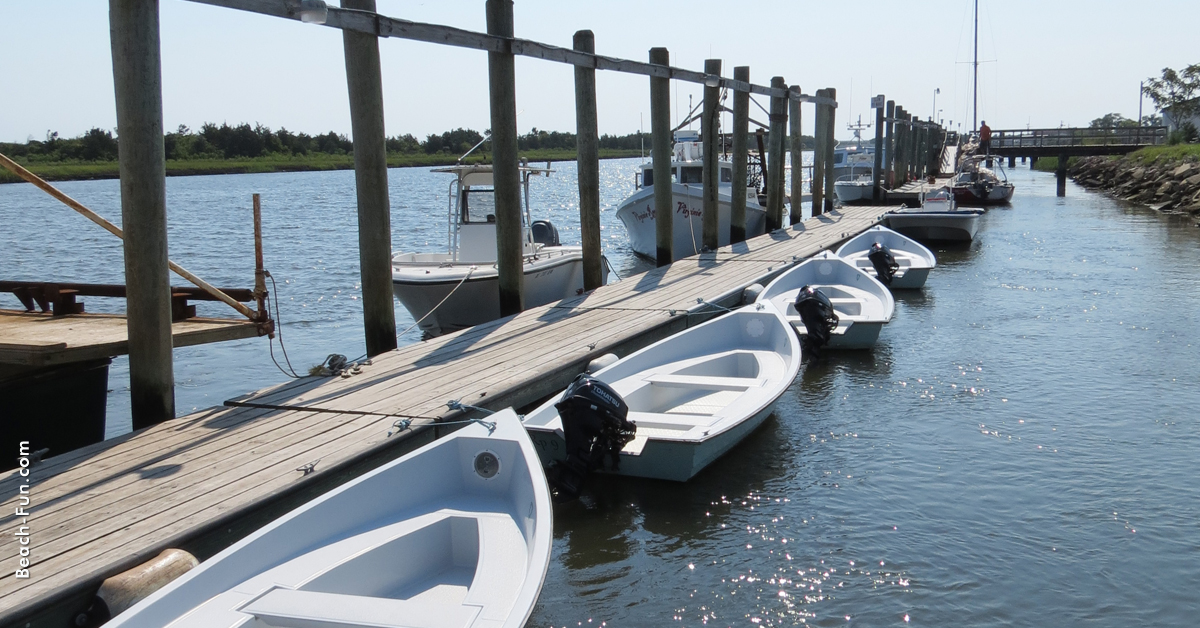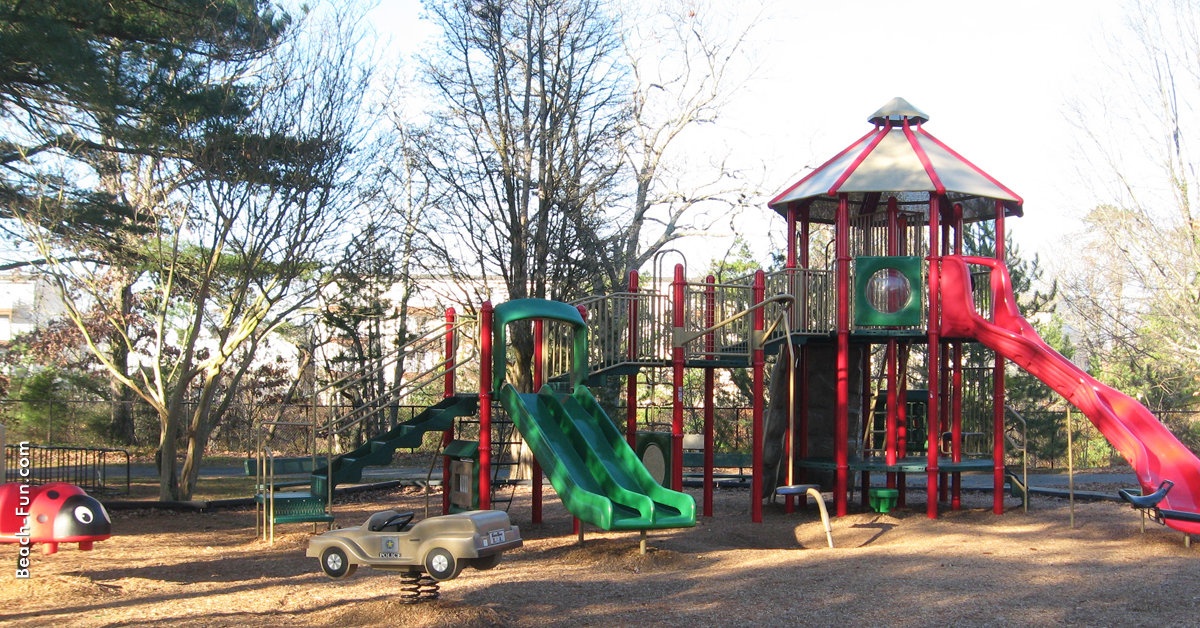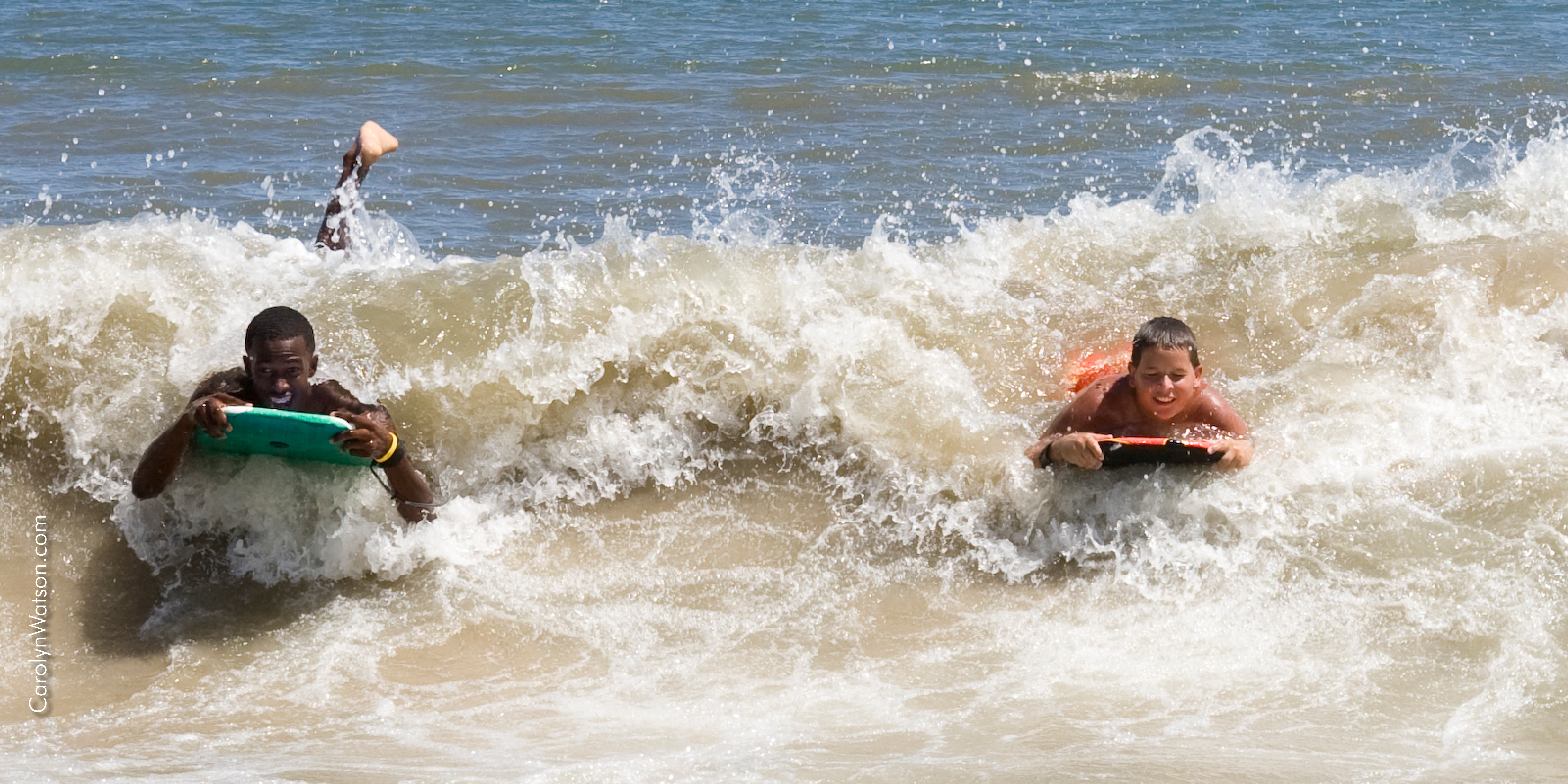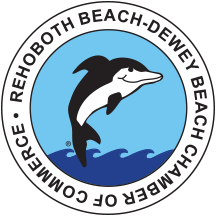
The Origins of Rehoboth Beach
Warren H. MacDonald
Rehoboth Beach Historical Society
Today’s City of Rehoboth Beach traces its beginnings as a municipality to March 19, 1891, when the Delaware General Assembly issued a new charter stating: “The purpose of said incorporation is the providing and maintaining of a permanent seaside resort, and to furnish the necessary and proper conveniences and attractions required to the success of the same.”
The City’s actual origins as a seaside resort go back to January 27, 1873, when “The Rehoboth Beach Camp Meeting Association of the Methodist Episcopal Church” was founded here to provide for summer religious gatherings. Using that name, and led by a Reverend Robert Todd, thirty incorporators secured a Charter from the state Legislature to create a “Christian sea-side resort.” Their plan was to encourage interested persons to take advantage of the seaside atmosphere and to fund the enterprise through sales of shares and property.
The Reverend Todd and his associates chose “Rehoboth Beach” as the name of their Camp Meeting Grounds. The source for the name is the Bible (Gen. 26:22); in early Hebrew, Rehoboth meant “broad places.” English explorers had given this name to nearby Rehoboth Bay in the 17th Century. no doubt in appreciation of its beautiful, broad expanse.
That same year, 1873, the Camp Meeting Association oversaw the construction of its religious Encampment Grounds and several small wooden structures known as “Tents,” such as the one on Christian Street. A Post Office was also established, the first of several hotels was built, and the original Rehoboth Boardwalk was constructed-eight feet wide and 1,000 yards long!
In 1878, the railroad was extended from Lewes to Rehoboth Beach, bringing more and more visitors to the City. Soon the seaside resort aspects overshadowed the Association’s religious orientation and activities. In 1879, the name of the enterprise was shortened to “The Rehoboth Beach Association,” and by 1881 the annual religious camp meetings were discontinued. New managers continued promoting investments in property and gave increased encouragement to resort-style facilities and entertainments. Although the number of permanent residents remained small, concerned business leaders, including some of the Association’s directors, now saw the need for a more conventional government. This led to the March 1891 action of the Delaware Legislature, revoking the 1873 Charter and its amendments and creating a municipal government under control of a Board of Commissioners.
The 1891 Charter gave the municipality a completely new name: Cape Henlopen City. This name was unpopular from the beginning. So, in 1893, the Legislature changed the name to, simply: Rehoboth. And, in 1937, the official name was changed again to its present form: The City of Rehoboth Beach.
Throughout it’s more than 100 years, Rehoboth Beach has remained proud of its religious beginnings and its family oriented atmosphere. Generous, regular attention has been given to continuous fulfillment of the original purpose of the municipality: the furnishing of proper conveniences and attractions for the maintenance of a successful seaside resort.
About Dewey Beach
by David Small
Nestled between the Atlantic Ocean and the tranquil Rehoboth Bay, Dewey Beach is a gem along Delaware’s “gold coast.”
Young and old alike have come to make Dewey Beach “a way of life” during the summer months as visitors to the popular seaside resort return year after year. And more than ever, people are enjoying the peaceful months in the spring and fall.
As the First State’s youngest town, Dewey Beach is continually growing, offering more and finer accommodations to those who vacation here. But while progress makes its mark, Dewey retains her charm with the older cottages and houses, giving the town a character all its own.
Along with its beaches, Dewey offers some of the finest dining and entertainment with its variety of restaurants and nightspots. An added attraction which enhances the atmosphere of Dewey Beach is the assortment of quality shops and stores offering everything from unique handcrafted collectibles to casual beachwear.
For those who love the water, Dewey Beach offers everything. As a unique stretch of real estate, Dewey is only two blocks wide and surrounded by water. One block to the east of Route One is the wide sandy beach overlooking the Atlantic Ocean, while to the west lies the quiet shore of the Rehoboth Bay.
From fishing to sailboarding and water skiing, outdoor enthusiasts can quench their active appetites either on the Rehoboth Bay or in the Atlantic. Flanked by the popular resort of Rehoboth Beach to the north and the scenic Delaware Seashore State Park to the south, Dewey Beach provides the visitor with the best of both worlds.
Located only 125 miles from the nation’s capital, Dewey Beach is easily accessible. In addition, Delaware’s Atlantic Coast is within a few hours drive from Baltimore, Philadelphia and Wilmington.
So if the thought of ocean sunrises, pastel sunsets, cool bay breezes and just plain relaxing appeals to you, Dewey Beach just might be the place.
Half Pennies
Source: Delaware Beach Life, August 2005
400 barrels containing British half pennies and gold rose guineas were lost in the 1785 shipwreck of the Philadelphia-bound Faithful Steward near the Indian River Inlet. In the 200 years since, thousands of finds have given the stretch of Delaware Seashore State Park just above the inlet the name “Coin Beach”.
Concrete Towers
By the twentieth century, guns had become so powerful that the best defense for cities along the Delaware River was to build a number of fortifications near the mouth of Delaware Bay that would prevent enemy ships from entering the bay.
The concrete spotting towers are clearly visible to the most casual observer. These towers were used in conjunction with the artillery mounted in the gun emplacements. From the upper levels of these towers, observers scanned the Atlantic for enemy vessels. These spotters also directed the fire of the guns mounted along the coast. These guns were so large and fired a shell so far that the gun crews could not see where their shells were landing.
After Pearl Harbor, it was believed that the Delaware Beaches were in danger. This was particularly true during the winter of 1942 when German U-boats were sinking an average of a ship a week. The most notable of these was the Navy destroyer, Jacob Jones, which was torpedoed off the Delaware coast. The destroyer was hit in the stern and her depth charges exploded. The Jacob Jones sank so quickly that over a hundred of the crew was lost.
Rehoboth Beach - East of the Canal
Source: Kevin Spence, Cape Gazette, 2006
McQuay’s Market, 510 Rehoboth Ave., for many, is synonymous with Rehoboth Beach history.
When Butch McQuay died in 1997, Paul Lovett took over the McQuay property on the south side of Rehoboth Avenue.
In 1997, the City of Rehoboth purchased the Old Ice House on the north side of Rehoboth Avenue, next to the Lewes-Rehoboth Canal.
In the 1920s, John Lingo built the Old Ice House, later purchased by McQuay. In the 1970s, McQuay’s included a liquor store, which was moved across the street into the brick icehouse that stood along the canal.
In 2004, the city’s lease expired.
Today, the Old Ice House rests on Rehoboth Beach’s welcome center campus, next to the canal.
The Rehoboth Beach Historical Society (RBHS) obtained a 50-year lease on the Old Ice House property, which is owned by the city. The U.S. Army Corps of Engineers leased the entire property to RBHS for 50 years.
RBHS plans to upgrade the canal-fronting property to eventually include boat facilities and be open to the public. By 2007, RBHS plans to complete renovations to the Old Ice House which will be home toe the Rehoboth Beach Historical Museum.
The Horseshoe Crab
The Horseshoe Crab is one of Delaware's oldest and most intriguing marine residents. Each spring, the crabs come ashore to spawn.
But its really not a crab at all. If you were to look under its hood, you would find it more closely resembles an ocean-going spider. They are in a classification of their own and are related to scorpions, ticks & land spiders.
Despite its size and scary look of its spiny armor, they are not harmful and their tails are NOT weapons. In the event that the Horseshoe crab accidentally turns over, it sticks its tail into the ground and uses it to right itself. Although not aggressive, its mouth (a groove at the base of its legs) is potentially dangerous to inquisitive fingers. On the top side of the crab are two large compound eyes and two simple eyes. Gently turn the crab over and you will see a dozen legs (most with claws) and a flap hiding nearly 200 flattened gills. In the open ocean, horseshoe crabs may swim upside down, using their legs and gills to propel them.
They are virtually the same animal now as they were more than 250 million years ago. Fossils, almost identical to the Horseshoe crab, date back to the days of the dinosaur.
Horseshoe crabs grow by molting. After 16 molts (between 9 and 12 years) they will be fully-grown adults. Many will live to the ripe old age of 30!
Also visit: http://www.ocean.udel.edu/horseshoecrab/index.html
Fort Miles
Fort Miles is in Cape Henlopen State Park near historic Lewes and the site of Delaware's first Dutch settlement. Named for Gen. Nelson Appleton Miles, this powerful seacoast fortification was built during World War II to defend the vital industries of the Delaware Valley. For more information about Fort Miles or for tour information visit fortmilesha.org.

